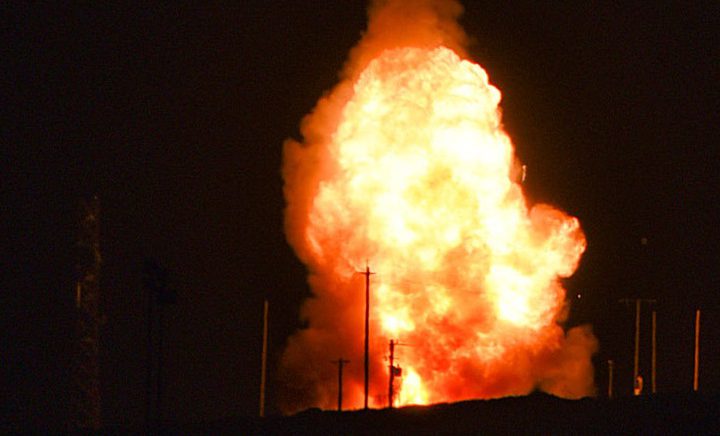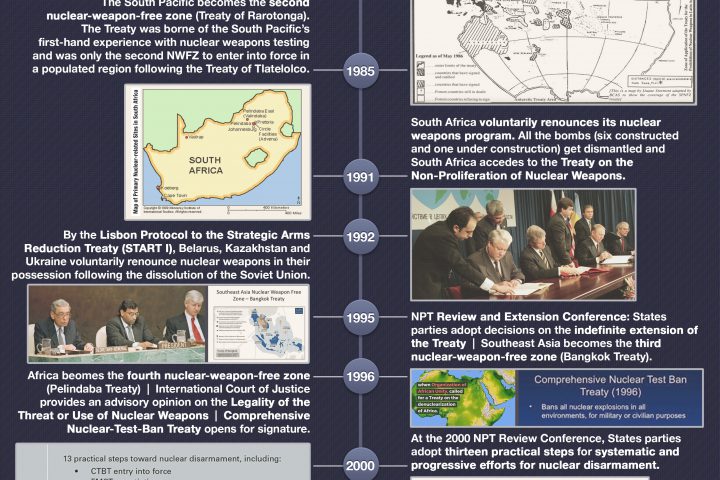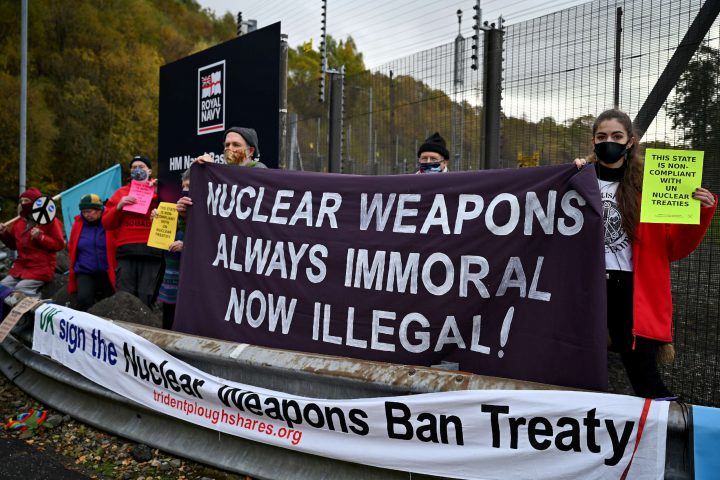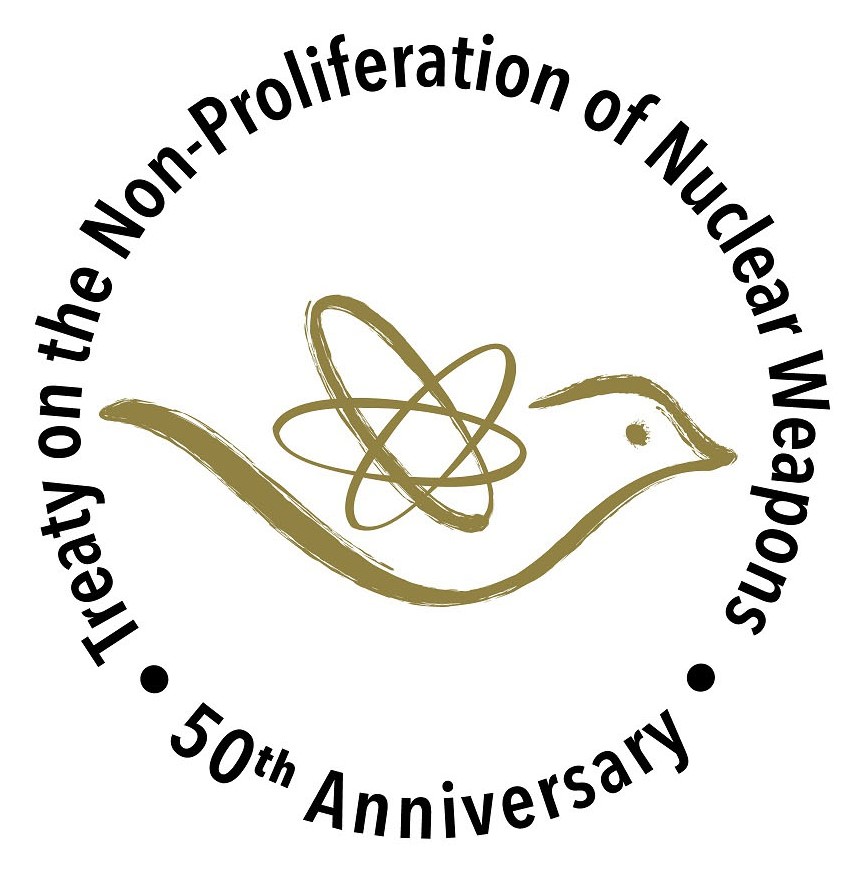The U.S. nuclear strategy of deterrence “aims to prevent an adversary from launching a nuclear weapon by assuring that any first strike will be followed by a retaliatory second strike, whose effects will equal or exceed the original damage and may eliminate the adversary altogether.” From a purely theoretical standpoint, its premise is simple: the threat of overwhelming retaliation should prevent adversaries from launching a first attack. As illuminated in an insightful analysis in the Boston Review, current deterrence policies use perpetual threats of annihilation as a means of coercion. Our most “successful” solution so far to the threat of catastrophic nuclear war has been a tool of extortion, rather than genuine security measures such as binding arms control and nonproliferation agreements.
Deterrance is “framed wholly as defensive and preventative (and from day to day, largely successful in deflecting our attention from the actual first use stance the country has had for nearly eighty years).” [Boston Review] But what if this strategy fails? What if deterrence doesn’t work as intended?
The policy of deterrence assumes that rational actors will always act in their own self-interest to avoid nuclear war.




